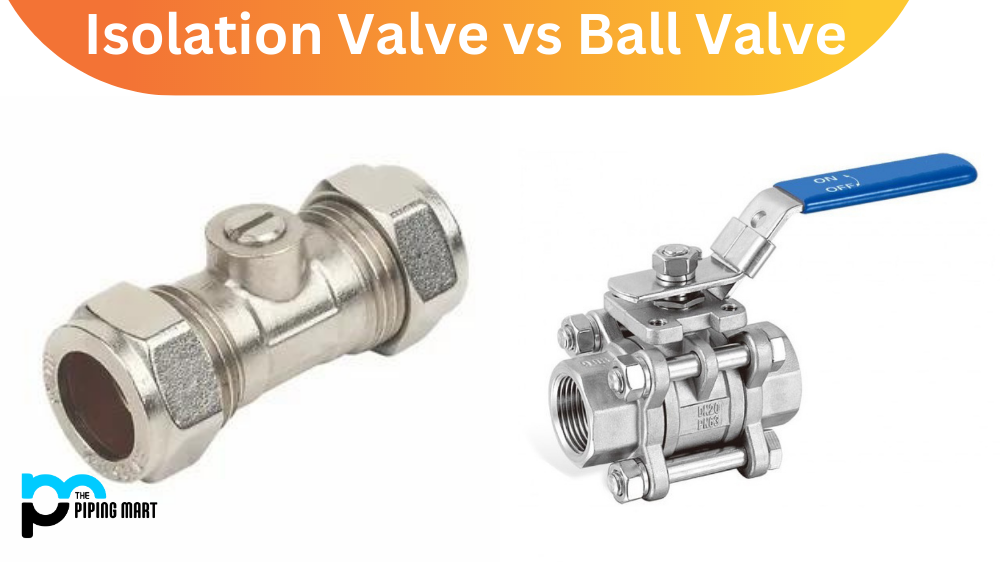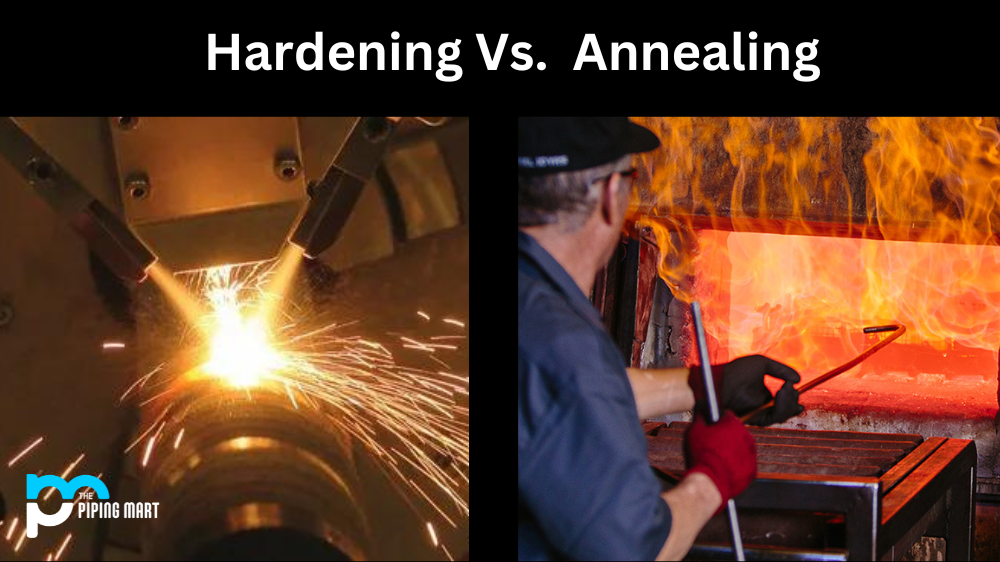Water valves are a key component in any plumbing system. Whether it’s for your home, business, or industrial operations, understanding the type of water valve you need for your specific application is essential to ensure that your pipes are properly sealed and functioning as intended. This blog post will discuss the different types of water valves and their applications.
What is Water Valve?
A water valve is a device that regulates the flow of liquids in a plumbing system. It works by controlling the pressure and volume of water coming into the system so that it can be directed where it needs to go without overflowing or leaking. The most common type of water valve is the gate valve, which consists of two metal plates held together by a hinge. When opened, these plates allow water to pass through; when closed, they stop the flow of liquid completely. Other types of valves include ball valves (which are operated by turning a knob) and butterfly valves (which are operated by twisting a handle). Regardless of type, all water valves serve the same basic purpose: to control and direct the flow of liquids in order for them to reach their destinations safely.
Types of Water Valve
Gate Valve
Gate valves are designed to allow or prevent the flow of liquids through a pipe by raising or lowering a gate-like obstruction. The gate itself is usually made from brass or stainless steel and can be opened or closed by turning the valve handle clockwise or counterclockwise. Gate valves are generally used in applications that require full opening and closing. They are often used to regulate the flow of hot water in residential houses as well as large industrial operations.
Globe Valve
Globe valves work similarly to gate valves but instead utilize a plug-shaped obstruction that fits into an opening in the pipe. Globe valves have higher pressure ratings than gate valves and provide more precise control over the amount of liquid flowing through them. This makes them ideal for applications where precise regulation of liquid flow is required, such as controlling water pressure in high-rise buildings or regulating steam flow in power plants.
Ball Valve
Ball valves are perhaps one of the most popular types of water valves due to their simplicity and relatively low cost. These valves use a ball with a hole drilled through it that can be rotated 90 degrees to open or close the valve when operated by its handle. Ball valves can regulate liquid flow quickly and accurately and are often used for shutoff applications like hot/cold water lines in homes, irrigation systems, and other industrial operations requiring quick shutoffs without compromising accuracy.
Check Valves
Check valves are designed to prevent backflow or siphoning of water in a pipeline, ensuring that water only flows in one direction. They consist of a one-way valve that shuts off when water flows backwards, thus preventing any contaminants from reversing into the supply line.
Pressure-Relief Valves
Pressures in plumbing systems could increase to dangerous levels and cause pipe ruptures or explosions, leading to property damage and human injury. Pressure relief valves are designed to release water when the pressure exceeds a particular limit, ensuring that your plumbing components remain safe and damage-free.
Pressure Balanced Valve
The Pressure valves are used for keeping the temperature in domestic piping systems, such as Showers and Bathtubs. The hot and cold water outlets are separated by a diaphragm, that is fixed in the middle of a pressure valve. These Valves tend to shift to limit the excessive flow of one opening, when the pressure in other opening is dropped. For example, when a toilet is flushed by cold water outlet, the how water is also let out if the pressure in cold pipe is decreased.
Float Valves
Float valves are employed in water storage tanks, pools, or wherever there is a need for automatic water level control. They operate by sensing the water level through a floating device that activates the valve when a particular water level is reached. Once this level is reached, the valve shuts off the water inflow, preventing overfilling of the container.
Butterfly Valve
The Butterfly valve contains a disc. This disc is made with regard to the inner diameter of the pipe. A liver is used to control the rotation of the disc. The disc is used to control the flow of the water in the pipe. A drop in the pressure is always seen in the butterfly valves. This is because the disc is always present inside of the water flow pipe. The flow of the Butterfly valve is fairly accurate. They also provide a perfect seal with the help of a gasket.
Diaphragm Valve
The diaphragm valve is used to limit the flow of water in the piping system. They are very alike to the design of the Gate valves. They also contain a wheel or a knob, which adjusts the diaphragm to control the flow of water. The diaphragm is fitted and it seals the water flow by settling down on the saddle. These valves are generally used to stop or shut the flow of water in the pipes.
Water Valve Uses
Water valves are used in many different situations and applications, including residential plumbing systems, industrial piping systems, irrigation systems for agriculture, and more. In all cases, they serve one primary purpose—to regulate the flow of liquids so that they can be properly distributed throughout the entire system without overflowing or leaking. This ensures that all areas within the system receive adequate fluids while preventing any damage that may result from excessive pressure or uncontrolled flooding.
In addition to regulating liquid flow, water valves also provide users with complete control over their systems. By opening or closing specific valves at any given time, users can adjust their systems according to their needs without having to make any complicated adjustments or modifications. This allows them to easily change direction or adjust pressure levels as needed without having to reconfigure their entire setup every time they want something changed.
Conclusion
Knowing what type of water valve you need for your application is an important part of any plumbing project. From gate to globe to ball—each type has its own unique features and benefits that make them ideal for certain uses over others. Understanding which type will work best for your needs will help ensure that your pipes are properly sealed and functioning optimally, so you don’t experience unexpected leaks down the road!

Pipingmart is a B2B portal that specializes in metal, industrial and piping items. Additionally, we share the latest information and information about materials, products and various types of grades to assist businesses that are involved in this business.




